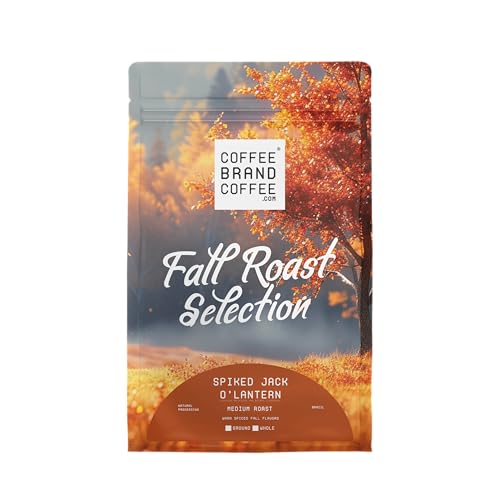Ever wonder why the same coffee bean will have such a radically different flavor depending on the roast? Whether you’re just starting your home barista journey or already whipping up your morning cups like a pro, understanding roast levels is key to unlocking more intense coffee flavor.
Let’s dive in deeper to understand how light, medium, and dark roasts affect the flavor in your cup so you can choose beans more intelligently and brew more coffee from the comfort of your home.
- What Are Coffee Roast Levels?
Coffee roast levels refer to how long and hot green coffee beans are roasted. The roasting influences the color, smell, and most of all taste of the bean.
Light Roast: Lightly roasted at lower temperatures. They’re light brown and have no surface oils.
Medium Roast: Well-balanced color, slightly more body, and a smoother profile.
Dark Roast: Nearly black, typically oily on the surface, with strong, smoky tastes.
- How Each Roast Affects Taste
Let’s spell it out:
Light Roast:
Taste: Bright, acidic, floral, fruity
Best For: Pour-over, drip coffee
Preserves origin characteristics
Medium Roast:
Taste: Balance of acidity and sweetness, even body
Best For: Drip, Aeropress, French press
Often used for everyday drinking
Dark Roast:
Taste: Smoky, bitter, chocolaty, sometimes burnt
Best For: Espresso, French press
Hides bean origin but adds richness
☕ When I first tried a light roast Ethiopian pour-over, I was blown away it was blueberry-like! That’s when I realized roast levels were more than just “light” or “dark”they’re a guide to flavor.
- Choosing the Perfect Roast to Suit Your Taste
Ask yourself:
Sweet and fruity your thing? Light is the way. Need balance and body? Medium is your friend. Bold and smoky your game? Dark is the way.
Also consider your method of brew. Lighter roasts are best with brewing methods that extract gently (like pour-over), and darker roasts prefer immersion (French press) or pressure (espresso).
read more: How to Choose the Right Coffee Grinder for Home Brewing













[…] and “blend” labels. But what do they really imply and how will they influence the flavor in your […]
[…] Your Grinder to Your Brew […]
[…] you’re stepping up your coffee game, the grinder you choose becomes one of the most important tools in your brewing journey. But […]
[…] all made a couple of bad cups of coffee. Too sour, too bitter, or just too weak, the good news is that most brewing issues result from a […]